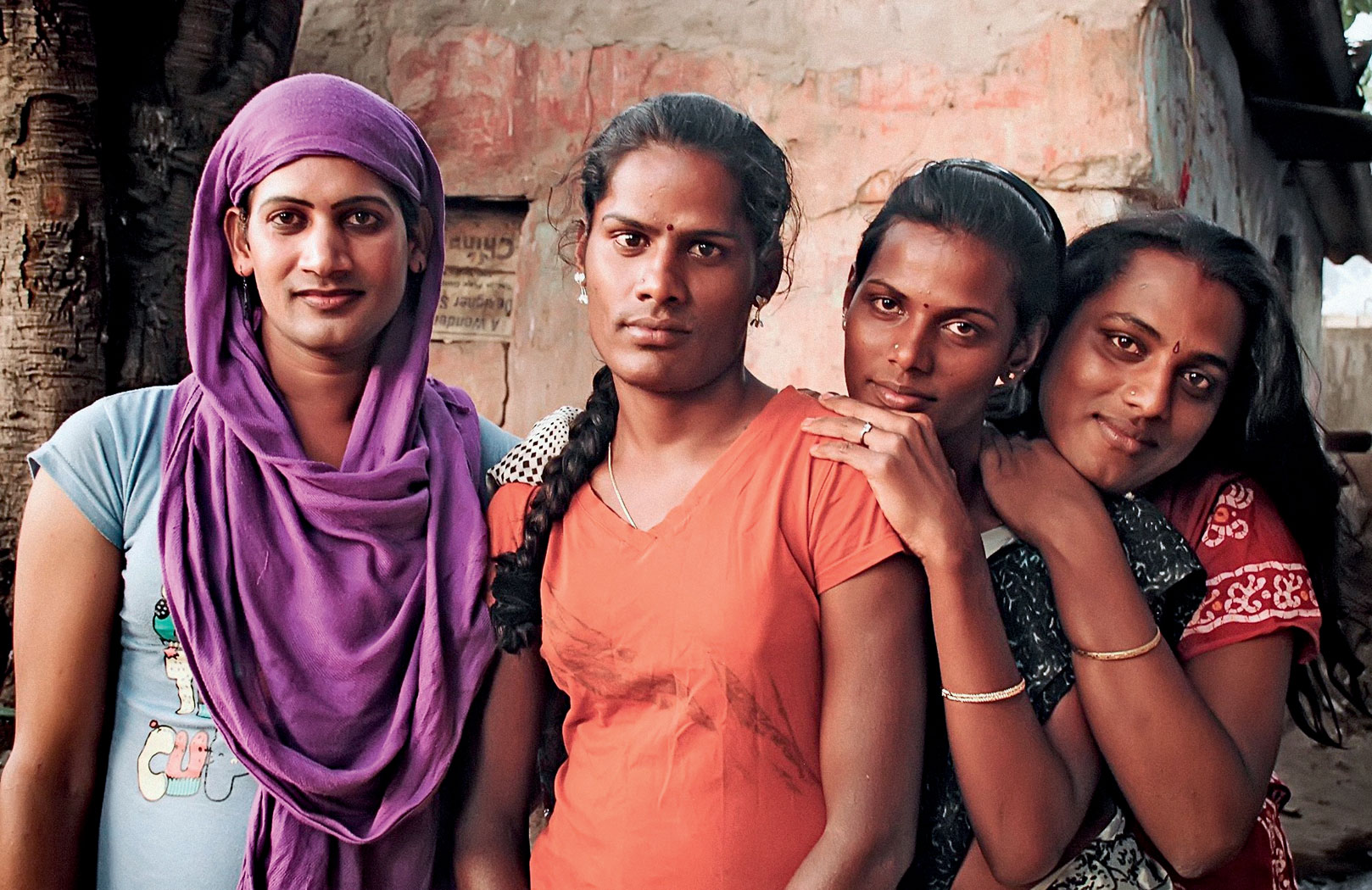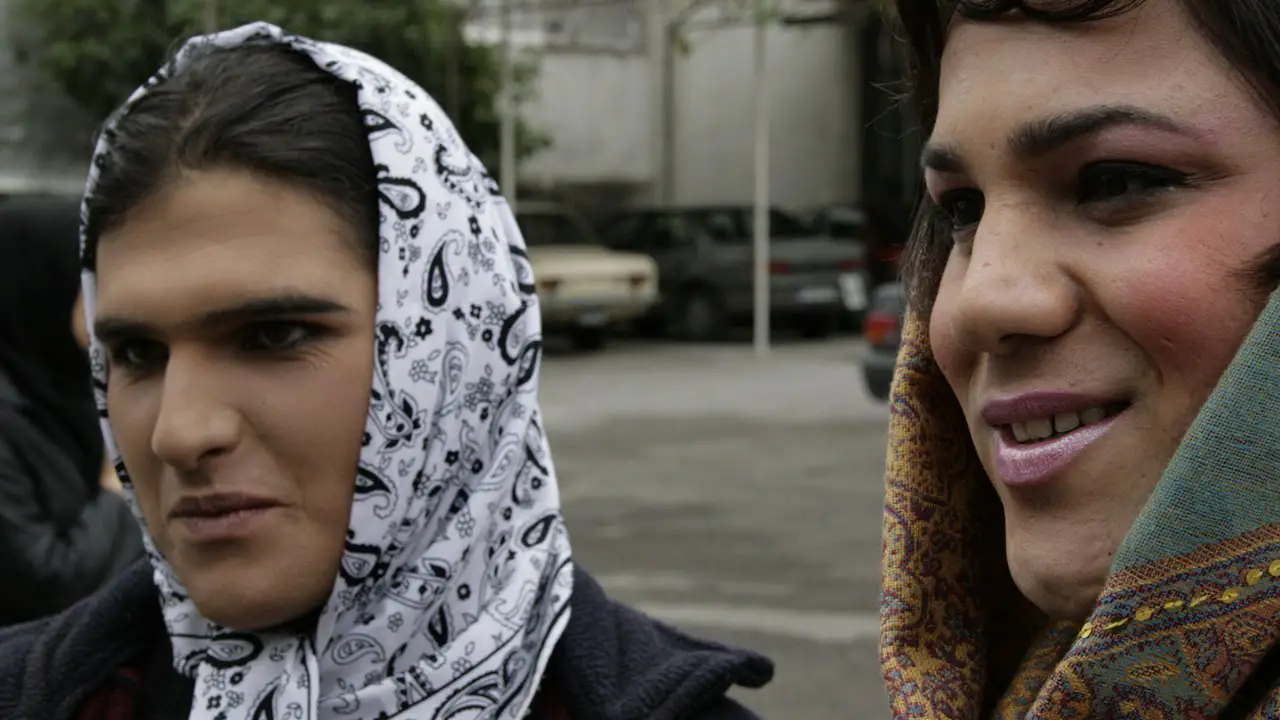Understanding and celebrating diverse cultures that embrace transgender individuals is crucial for fostering inclusivity and acceptance worldwide. Cultures around the world have recognized and accepted more than two genders for centuries. While Western societies often have strict binary conceptions of gender, many other communities have long-established traditions of third, fourth, or more genders. Some examples include the Navajo culture in which the nádleehí identity is both a boy and a girl, and the native Hawaiian culture that reveres and respects those who embody both male and female spirits. In terms of legal recognition and rights for transgender individuals, Argentina and Denmark are considered progressive countries, with Argentina passing a law in 2012 that allows for legal gender recognition without medical intervention, and Denmark not requiring any psychiatric or medical certification for legal gender recognition. Other countries that have made strides in transgender acceptance include Malta, India, and Iran. However, despite progress in certain regions, levels of acceptance vary globally and discrimination and violence against transgender individuals still persist in many countries.

Long-established Traditions of Gender Fluidity
Many cultures have long-established traditions that recognize and cherish gender fluidity, challenging the Western binary understanding of gender. These societies have embraced more than two genders for centuries, providing a rich tapestry of diverse identities and expressions. One such culture is the Navajo community, where the nádleehí identity represents both a boy and a girl. This unique concept acknowledges and celebrates individuals who embody both masculine and feminine qualities.
In the native Hawaiian culture, there is deep reverence for those who embody both male and female spirits. Known as “mahu,” these individuals are respected for their ability to navigate and harmonize both realms. This acceptance of gender diversity is deeply rooted in the culture’s spiritual beliefs and demonstrates a longstanding tradition of inclusivity.
While these examples highlight specific cultures, it is important to recognize that many other societies around the world have similar attitudes towards gender fluidity. These cultures offer valuable insights into alternative ways of understanding and embracing diverse gender identities.
| Examples of Cultures with Inclusive Attitudes towards Transgender Individuals |
|---|
| Navajo culture |
| Native Hawaiian culture |
| Two-Spirit traditions among Indigenous communities |
| Indian Hijra community |
Progressive Countries for Transgender Rights
Several countries around the world have implemented progressive policies and laws to protect transgender rights and ensure their inclusion in society. Argentina, for example, passed a groundbreaking law in 2012 that allows for legal gender recognition without requiring medical intervention. This means that individuals can change their legal gender simply by self-identifying, empowering transgender individuals to live as their authentic selves without facing unnecessary barriers.
Denmark is another country that has made significant strides in transgender acceptance. Unlike many other nations, Denmark does not require any psychiatric or medical certification for legal gender recognition. This progressive approach removes the burden of medical gatekeeping and empowers transgender individuals to have autonomy over their own gender identity. It reflects a commitment to inclusivity and respect for transgender rights.

Other countries that have made progress in transgender acceptance include Malta, India, and Iran. Malta became the first country to outlaw forced sterilization for transgender people in 2015, demonstrating a commitment to protecting the rights and bodily autonomy of transgender individuals. India recognizes transgender people as a third gender and has implemented affirmative action policies to promote their inclusion in society. Iran, while having a controversial human rights record, has taken steps to provide support and medical services for transgender individuals, including state-funded gender reassignment surgeries.
Continued Advocacy and Support
While these countries have made significant progress in transgender acceptance, it is important to recognize that acceptance varies globally. Discrimination and violence against transgender individuals still persist in many countries, underscoring the need for continued advocacy and support. The fight for transgender rights is ongoing, and it is crucial that societies around the world work towards creating environments that are inclusive, safe, and supportive for all individuals, regardless of their gender identity.
By understanding and celebrating the cultures and countries that embrace transgender individuals, we can contribute to a more inclusive and equitable future for all. It is through education, awareness, and compassion that we can bring about positive change and create a world where transgender individuals are fully accepted and valued.
| Country | Progressive Policies |
|---|---|
| Argentina | Legal gender recognition without medical intervention |
| Denmark | No psychiatric or medical certification required for legal gender recognition |
| Malta | Outlawed forced sterilization for transgender people |
| India | Recognizes transgender people as a third gender and implements affirmative action policies |
| Iran | Provides support and medical services, including state-funded gender reassignment surgeries |
Global Variations in Transgender Acceptance
Despite advancements, transgender acceptance differs significantly across cultures, with many individuals still facing discrimination and violence. However, there are societies that have long-established traditions of recognizing and embracing more than two genders.
In the Navajo culture, for example, the nádleehí identity encompasses both male and female, challenging traditional binary conceptions of gender. These individuals are revered and respected, playing important roles in Navajo society. Similarly, in native Hawaiian culture, those who embody both male and female spirits, known as mahu, are celebrated for their unique contributions to the community.

When it comes to legal recognition and rights for transgender individuals, some countries have made significant progress. Argentina stands out as a trailblazer, having passed a groundbreaking law in 2012 that allows for legal gender recognition without the need for medical intervention. Denmark is another progressive nation, as it does not require any psychiatric or medical certification for legal gender recognition. Other countries like Malta, India, and Iran have also taken steps towards greater transgender acceptance and inclusion.
However, it is important to note that despite progress in certain regions, transgender acceptance still varies globally. Many individuals continue to face discrimination and violence based on their gender identity. This underscores the ongoing need for advocacy and support to ensure equal rights and protections for transgender people around the world.
Conclusion
Promoting understanding and acceptance of transgender individuals in diverse cultures is crucial for creating a more inclusive and equal society for all. Cultures around the world have recognized and accepted more than two genders for centuries, challenging the binary conceptions prevalent in Western societies. Examples of such inclusivity can be seen in the Navajo culture, where the nádleehí identity encompasses both male and female, and the native Hawaiian culture, which holds great respect for those who embody both male and female spirits.
In terms of legal recognition and rights, Argentina and Denmark stand out as progressive countries. In Argentina, a groundbreaking law passed in 2012 allows for legal gender recognition without medical intervention. Meanwhile, Denmark does not require any psychiatric or medical certification for legal gender recognition. Other countries making strides in transgender acceptance include Malta, India, and Iran.
Despite progress in certain regions, it’s important to acknowledge that levels of acceptance vary globally. Discrimination and violence against transgender individuals still persist in many countries, highlighting the urgent need for continued advocacy and support. By celebrating and embracing cultures that accept transgender individuals, we can work towards creating a more compassionate and inclusive world where everyone is treated with dignity and respect.